Readings
1. What is the purpose of a designer, do they always work for a stakeholder?
The purpose of a designer is to give a functional form to an idea which resolves a need, or want, while also providing a positive experience that can be enjoyed by the intended user.
“Always” is a pretty strong word that I’m hesitant to agree with, but I do think that, in the vast majority of cases, the designer should be working with the employer, user, and end-purpose in mind.
2. Is the artist always a self-expressive narcissist?
It’s a strongly worded question that initially comes off a bit negative but, regardless, it’s still an important question worth consideration.
Ultimately, I think the answer is an emphatic yes. And I don’t think it’s at all a bad thing. To create a piece of work, no matter what the material or circumstance, requires the artist’s confidence that their vision is worth creating, and no matter what the quality or importance of the output is, there can be no denying that the product is an expression of the self. How and why something is formed by an individual might be similar to another, but the two individuals’ creations will still be unique simply because they were brought about by different people. I think how the artist embraces that uniqueness of their work, and the degree to which they believe in and foster it, will always come to define the quality of their output.
3. Can the designer/artist exist?
Not to take the question too literally, but I find it hard to accept the notion that there even could be any possibility that the designer, or artist, does not exist. Despite that, I think I still understand the nature of the question, although I could be completely off. Rather than considering whether or not the designer or artist can exist, I think that we should instead focus on the relationship between them and the product of their efforts.
Designers and artist are the channel through which a concept is brought to form. Regardless of the concept’s origin, the perspectives, values, preferences, and priorities of the designer/artist are influenced, even defined, by their context, circumstances, and culture. There’s no denying that a designer or artist deserves proper credit for the output of their effort and vision, but there is value in understanding that influencing factors that made the vision for their product possible.
Personal Reflection
1. What is your personal view of the difference between the designer and the artist?
I think the two are much more similar than the average person might believe, but I certainly acknowledge that there are differences between the two.
Unlike an artist, the designer must always keep in mind that what they are creating will primarily be for the use of others. Creating a product that communicates itself clearly to the intended user is always a part of the goal.
In addition, the designer is significantly more likely to be working for, with, or in the service of others. The ability to respect, understand, and thrive off of that is something that all designers should foster within themselves.
Finally, because much of their work is likely to take place long before there can be any meaningful, tangible output, the designer is obligated to identify and analyze potential problems far ahead of time, and to provide effective solutions that can be appropriately defended in the face of the scrutiny of others.
2. Which are you, why?
I identify as more of a designer than an artist. I find great purpose in the process of translating an idea, which accomplishes some goal or use, into reality in a way that is satisfying and fulfilling for the user. When I think of the ways in which an issue can be resolved, or in which a desire can be met, I am immediately focused on the how and, more importantly, the why. Not just any fix is acceptable. I am more likely to appreciate the execution of an idea than the idea itself.
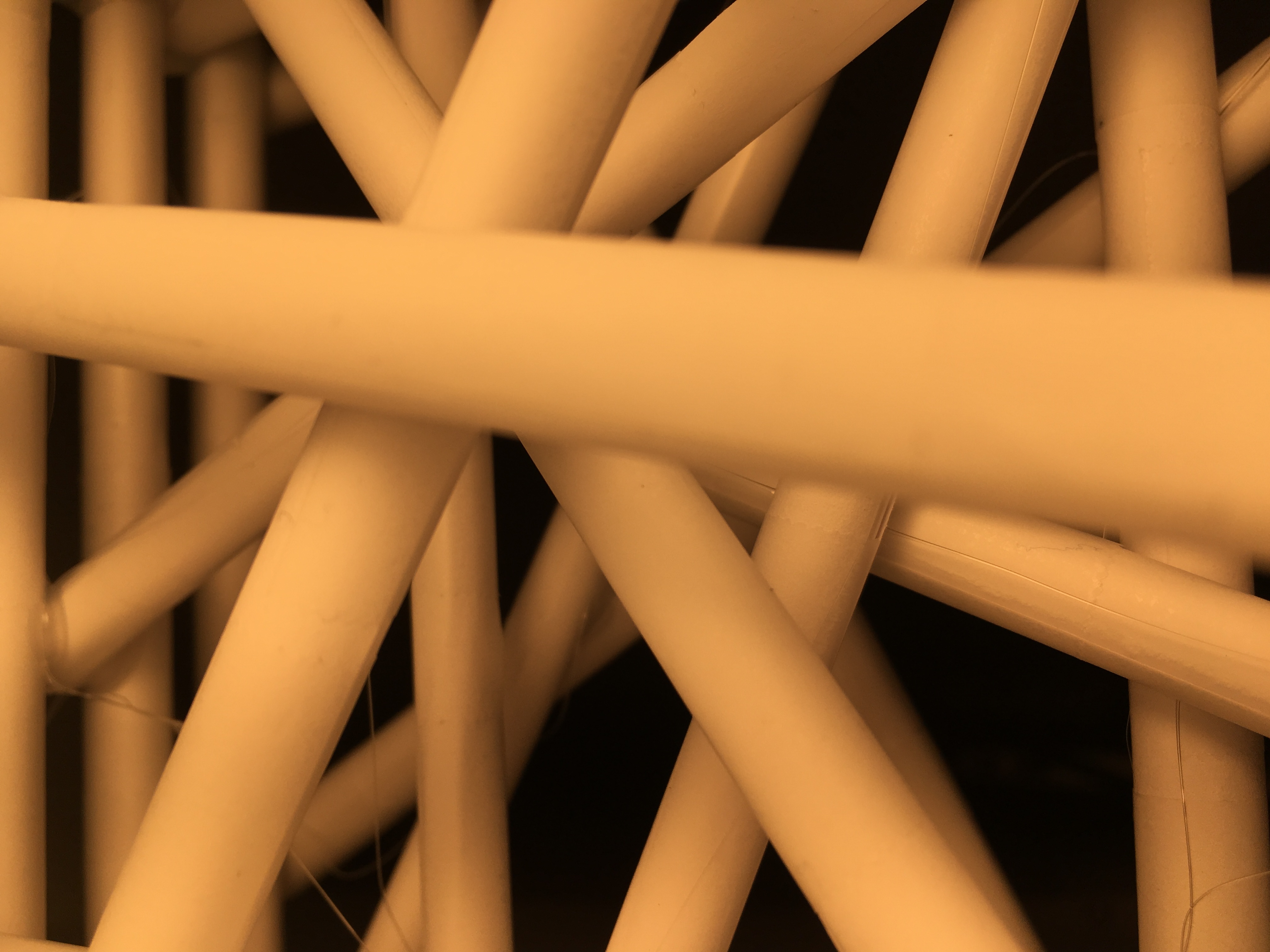
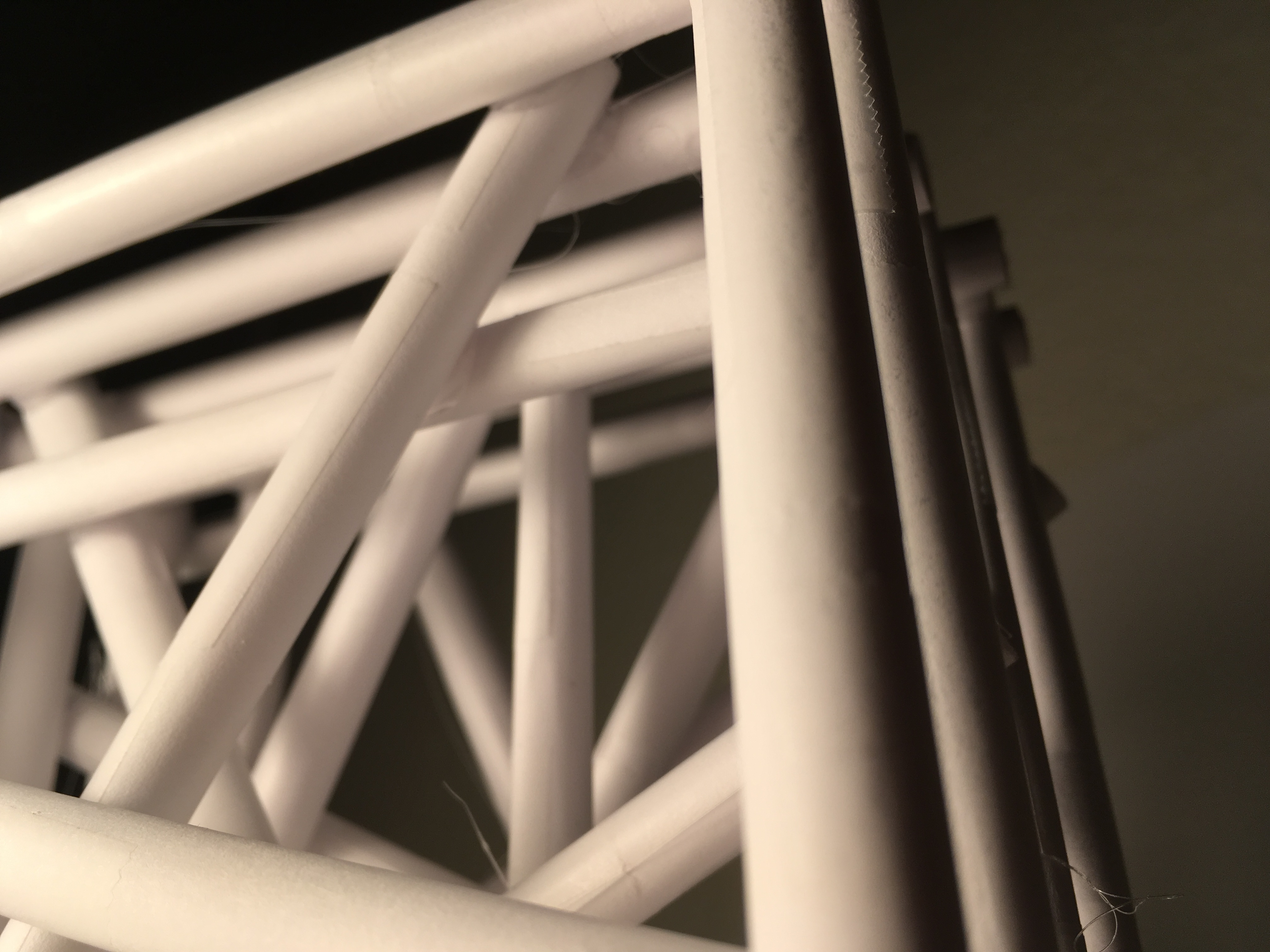
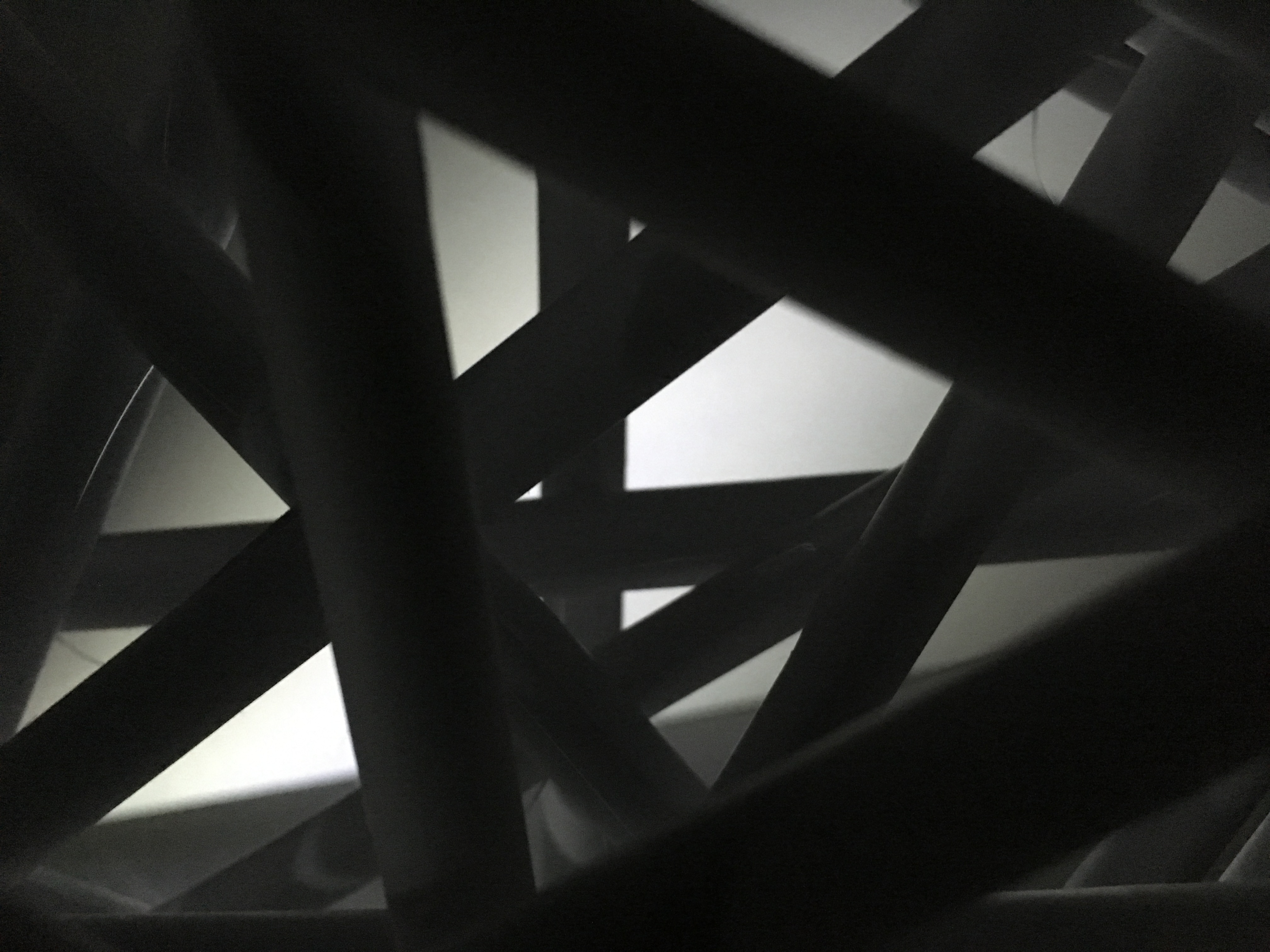
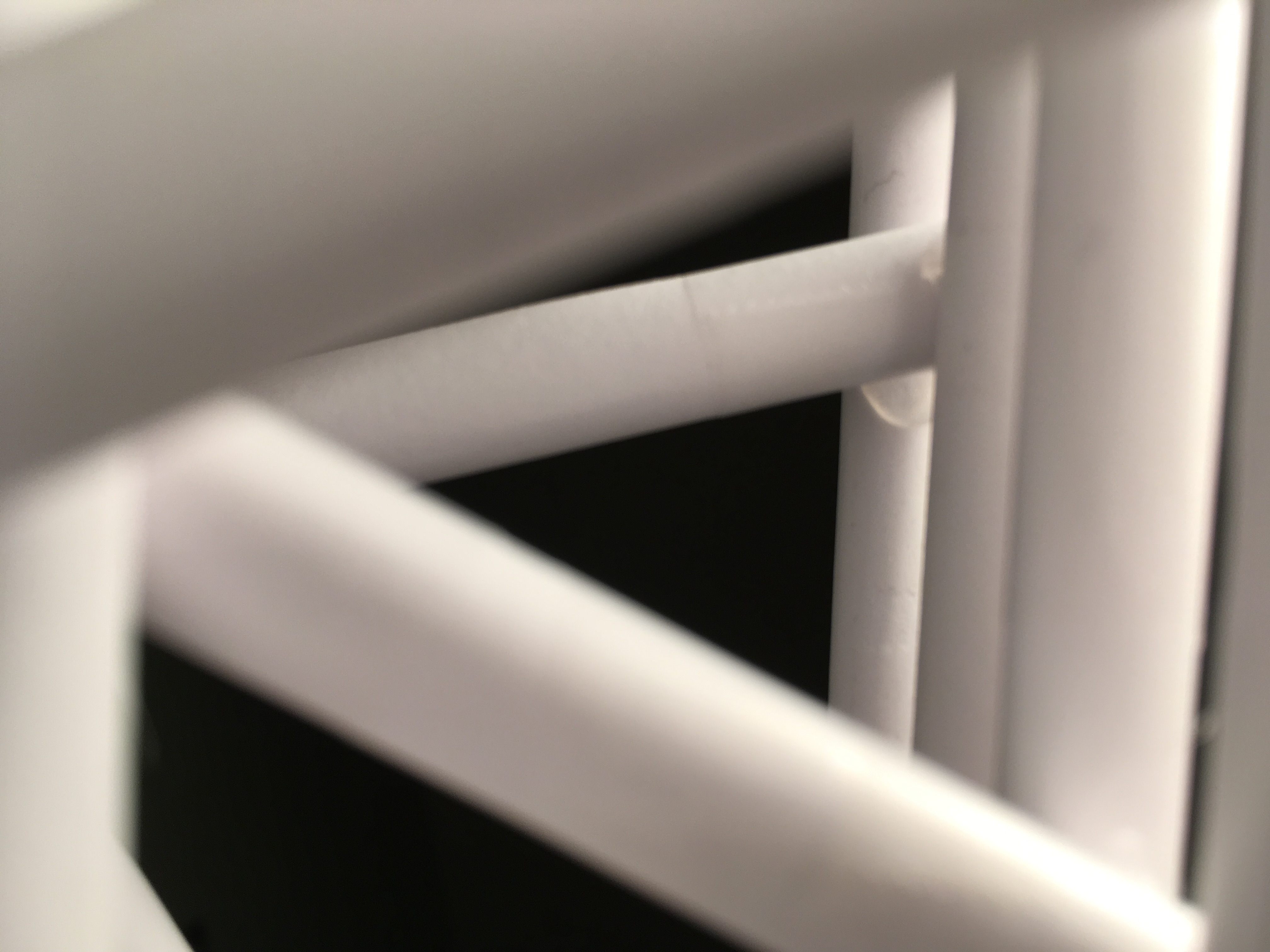
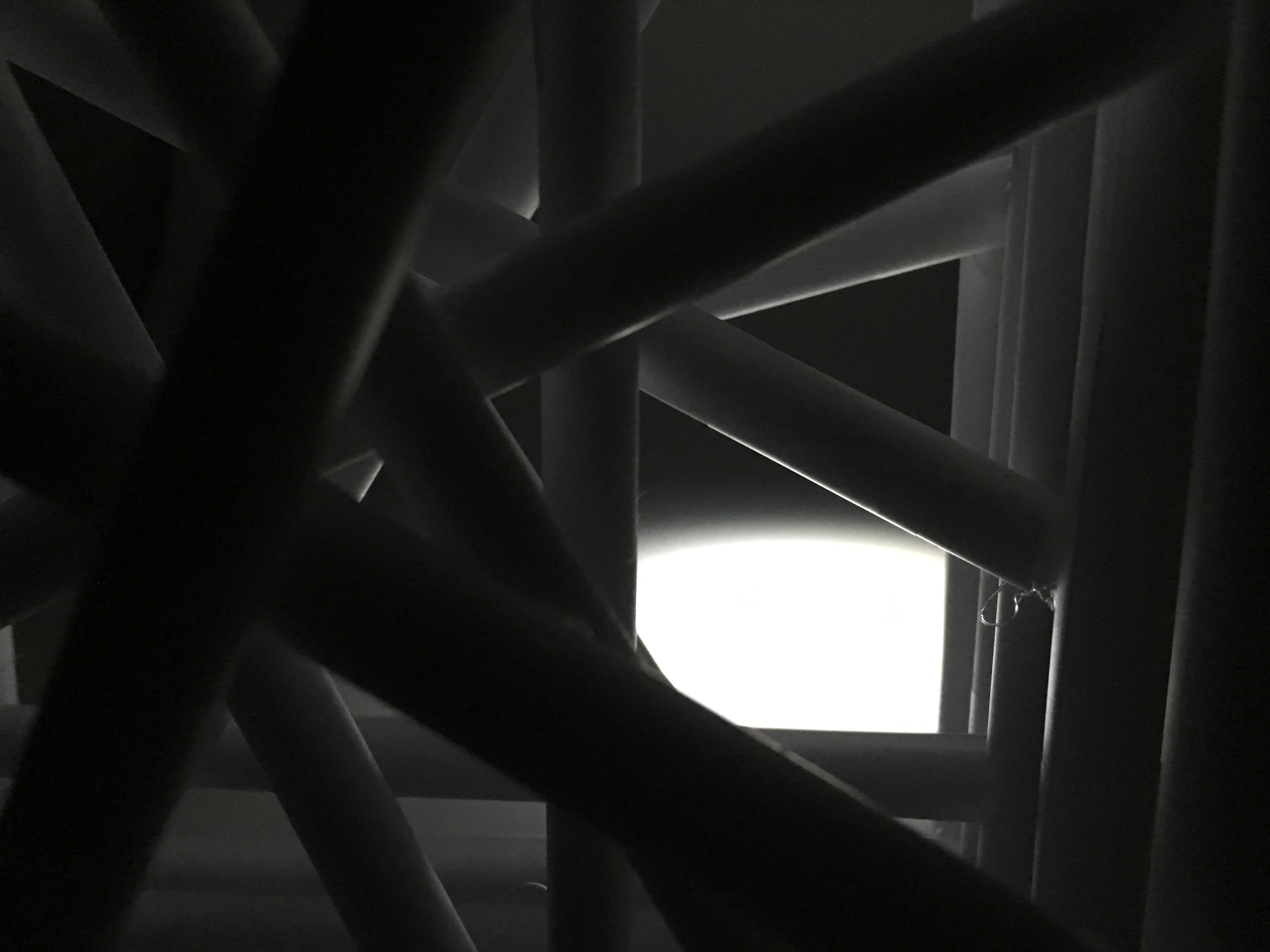
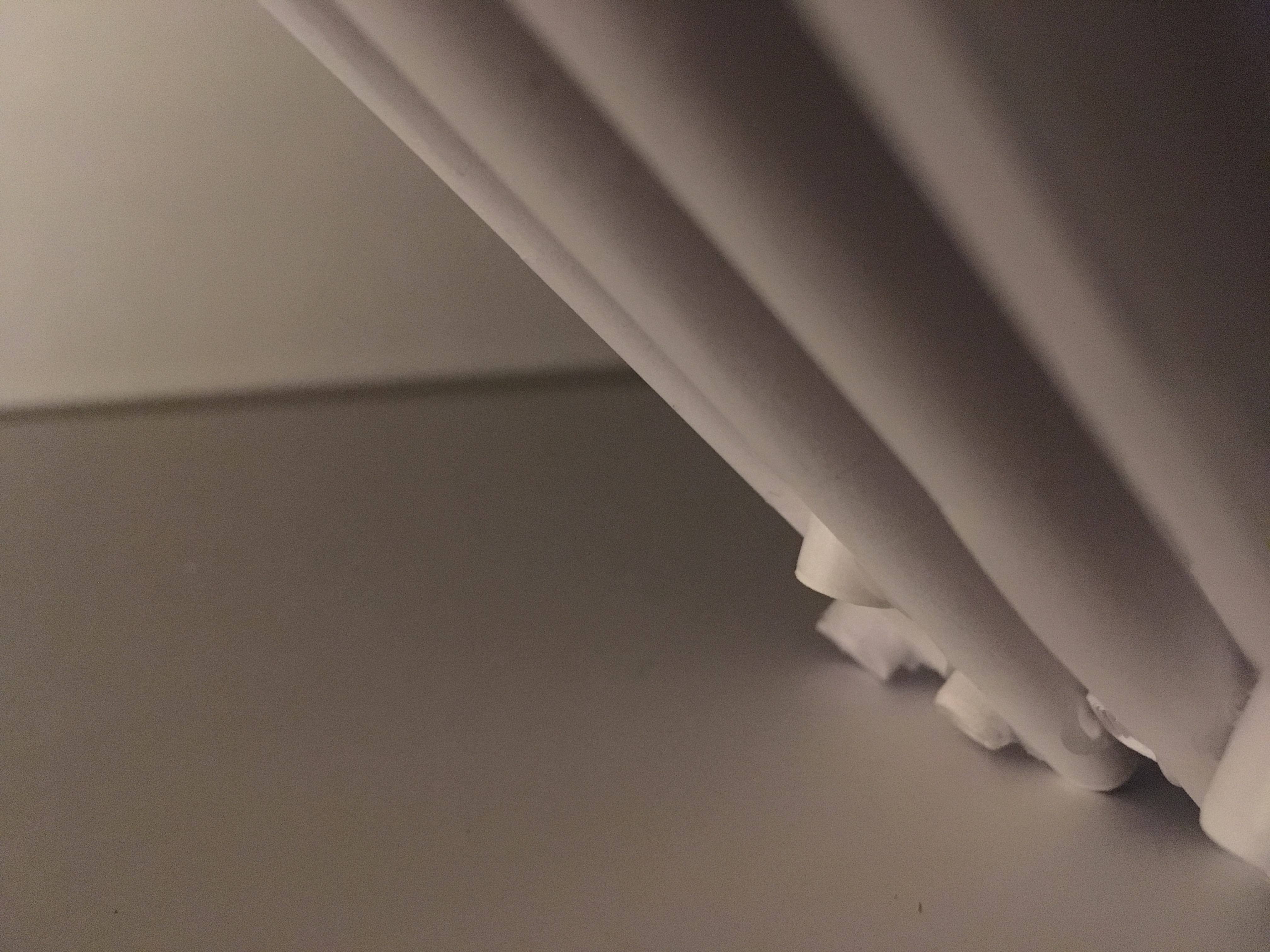


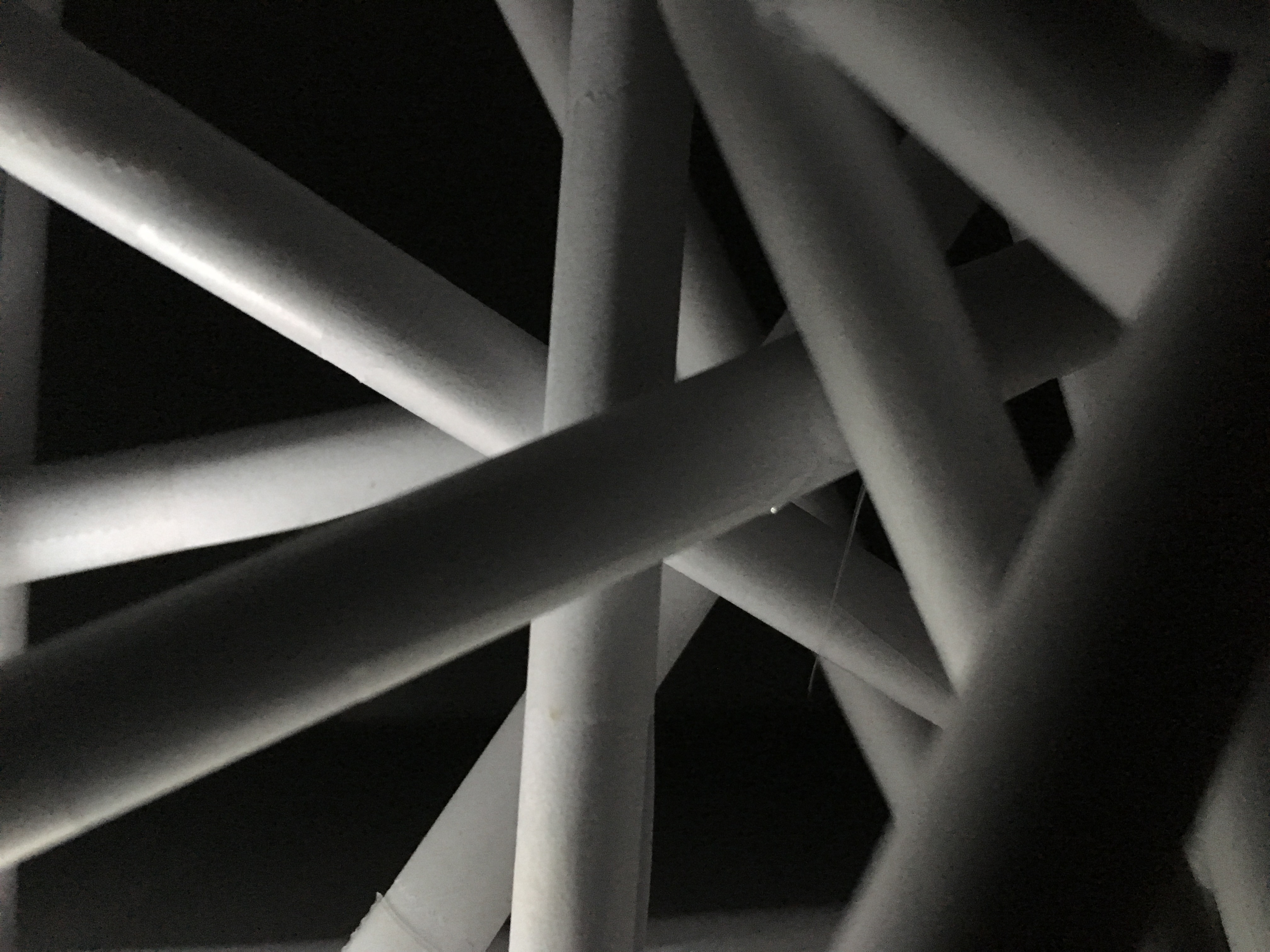
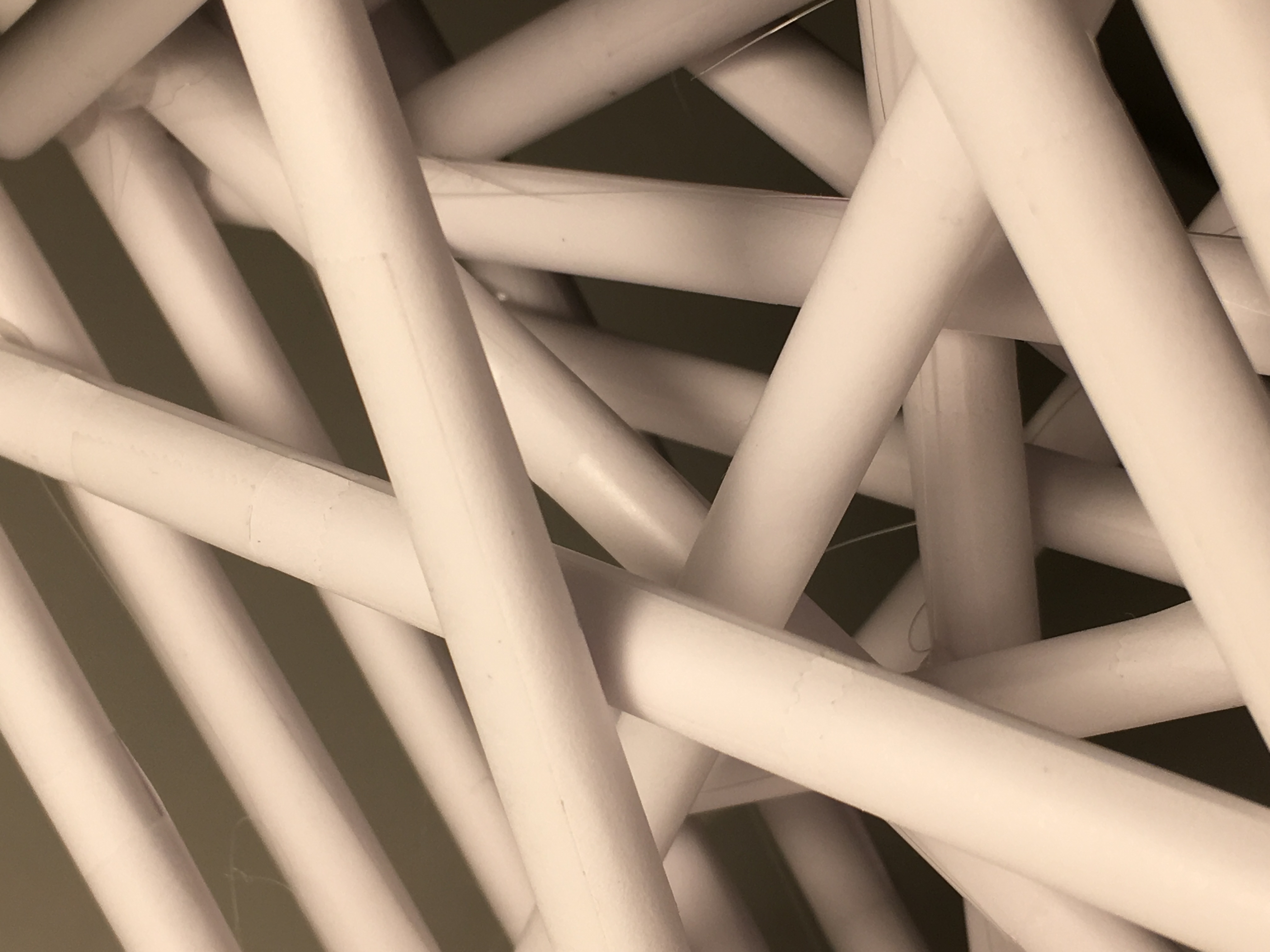
Recent Comments